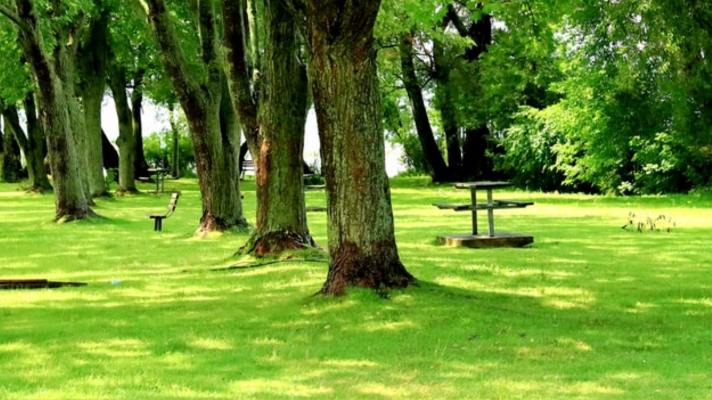Revegetation programs are excellent ways to achieve soil restoration on disturbed land successfully. A revegetation specialist can help restore plant cover on your property, revitalizing the space. The human-driven can repair damage on vulnerable lands such as mines, construction sites, and urban parks.
What is Revegetation?
It is a process where you re-establish plant cover and greenery on bare or disturbed lands. The destruction of the vegetative cover may be due to pollution, human activities, or weather patterns. A revegetation service targets to restore the spaces to its lush, green glory.
The complex rehab process demands expert skills and knowledge for the project to be successful. Pre-planning is a critical part of land rehabilitation, establishing implementation procedures, timeframes, and monitoring programs. A revegetation specialist can help your craft the best plan to actualize your restoration.
Here are five benefits of revegetation.
1. Erosion Control
Soil erosion can result in the land losing its vitality. Two factors impact how much topsoil erodes off a landscape: the amount of bare ground exposed and the length of time it remains exposed. The risks for erosion damage compound the more the land remains bare without any vegetative cover.
Revegetation helps to re-establish a protective barrier for the disturbed land, preventing soil erosion. The plants, grass, and shrubs slow down water runoff and act as wind barriers. The vegetation also holds the soil intact, stabilizing the bare slopes.
2. Beautify the landscapes
A revegetation specialist can help revive the beauty of your space. The plants and shrubs make the landscape appear lush and green and also improve the curb appeal. Well-maintained restored lands may also increase in value. The trees release flowers with vibrant accent colors that restores life to the dull and lifeless property. The right plant positioning and weed control may also contribute to the overall beauty of the place.
3. Boost Ecological Restoration
One of the most significant impacts of revegetation is the restoration of lost natural habitats. The land rehabilitation contributes to conservation efforts that bring back wildlife and biodiversity on the bare ground. Documented evidence shows that revegetation in urban areas brought back the declining bird populations. Restoration of various species helps sustain the cycle growth in the land.
4. Bring Back Soil Fertility
Disturbed and bare land has a higher risk of losing their vitality. Activities such as mining and construction may disrupt the soil structure, strip off the topsoil, introduce pollutants, or change the soil’s pH. Regeneration activities such as hydroseeding and hydromulching can help restore its fertility. It may also prevent nutrient loss associated with soil erosion.
5. Control Pollution
The United States has lost over 75% of its natural forest cover that was present in the early 1600s. Deforestation across the nation adds more CO2 to the atmosphere than all motor vehicles around the globe. Revegetation and reforestation may help reduce this impact by purifying the air. Trees use up CO2 for their food manufacture and release the life-supporting oxygen.
Revegetation is an excellent way to restore plant cover on disturbed land. It is advisable to use a revegetation specialist before embarking on your project. The expert can offer realistic plans during the land designing phase.
